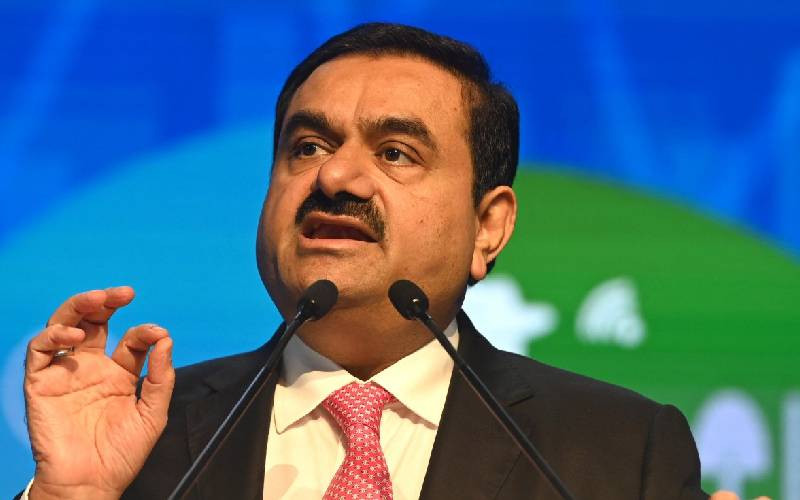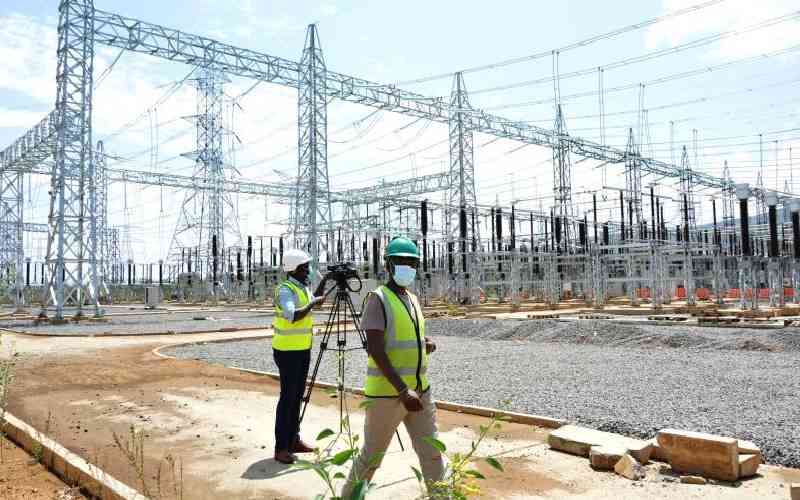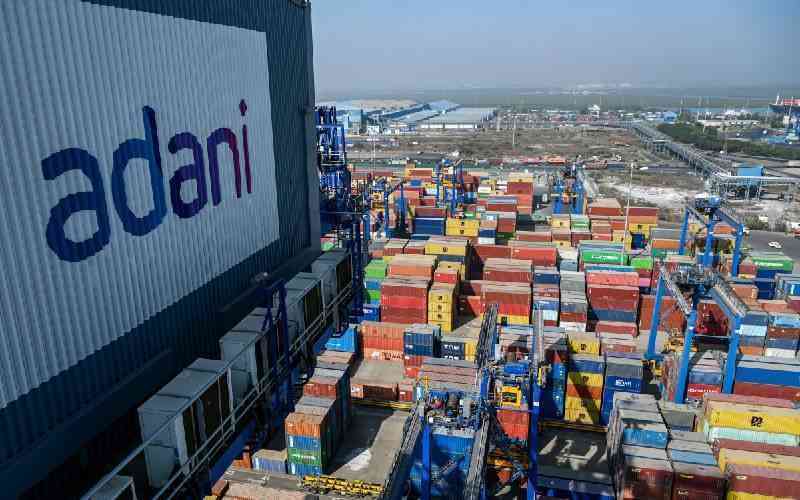The government has breathed life in the war to regain control of East Africa’s petroleum market by funding the Kenya Pipeline jetty in Kisumu with Sh1.7 billion.
This comes after Transport Cabinet Secretary James Macharia said all fuel products be transported through the pipeline to Kisumu and thereafter transported through the lake to the East Africa bloc.
The move signals a return to maritime trade over the lake and the prospects of transforming Kisumu into a regional commercial hub. It has also been tipped to leverage Lake Victoria as a key transport corridor.
KPC is banking on the facility to regain the East African petroleum market share, part of which has been lost to Tanzania’s Central Corridor.
Since its technical handing over ceremony in December 2018, activities at the jetty have been low with an official telling Sunday Standard that business has struggled to pick up.
This has partly been attributed to delays by Uganda to complete its docking facilities at Jinja and Port Victoria. Controversies surrounding its construction has also clouded its success.
The jetty is expected to deliver petroleum products to Rwanda, Burundi, Uganda, Eastern DRC and parts of Tanzania.
Most suppliers have been relying on trucks that refuel at the KPC depot located next to the Kisumu Airport to ferry petroleum products to neighbouring countries.
However, all this is expected to change with the new directives as Kenya seeks to regain its share in the export market, which it is competing with Tanzania.
According to Macharia, the directives will come into effect on June 1 with the government also banking on its rail network system to transport other transit goods to neighbouring countries.
Transport route
“Fuel products will be transported by pipeline to Kisumu and thereafter by water through Lake Victoria to Port Bell or Jinja,” said Macharia.
And with the directives, hopes are high that the multi-billion jetty is finally set to live up to its expectations to help revamp oil trade in the region.
The construction of the jetty was shrouded in controversies over claims that the project was executed despite not being planned.
Should the oil trade pick up, the investment whose viability relies on Uganda’s docking facilities that evacuates Kenya’s oil products is expected to transform maritime trade.
Stay informed. Subscribe to our newsletter
In the last few months, a few tankers had started hauling oil products through the lake including MV Uhuru, which has made several trips to Port Bell in Uganda after it was repaired last year.
The 600-tonne 12-crew member ship was refurbished at the Kisumu dock and was reintroduced onto the lake in readiness for improved maritime trade.
KPC will also be looking to take advantage of the developments to put into use its 750,000-litre capacity boat, which has been reintroduced to exploit the growing blue economy.
Apart from the hauler, Uganda also has two tankers with capacities to carry four million litres and are among the vessels expected to boost oil trade between Kenya and her neighbours.
Blue economy
With the developments, residents are upbeat that the blue economy that once thrived when the old Kenya Railway line was operational will return.
David Arao, an MCA whose ward covers part of the port, said he was optimistic the developments will spur trade for local people.
“It is a blessing for us and we are hoping that business will pick up,” said Arao.
On the flip side, the developments is set to hurt truck drivers although it iss also set to reduce cases of harassment of Kenyan drivers in Uganda due to Covid-19.
The use of the lake will render road use inconvenient and may lead to the loss of some jobs, especially truck drivers and their turn boys.
Most of them have been refueling at the KPC depot, whose fuel capacity stands at 39 million litres, with the use of lake transport tipped to ensure that it’s fully exploited to serve the fuel demands by neighbouring countries.
 The Standard Group Plc is a
multi-media organization with investments in media platforms spanning newspaper
print operations, television, radio broadcasting, digital and online services. The
Standard Group is recognized as a leading multi-media house in Kenya with a key
influence in matters of national and international interest.
The Standard Group Plc is a
multi-media organization with investments in media platforms spanning newspaper
print operations, television, radio broadcasting, digital and online services. The
Standard Group is recognized as a leading multi-media house in Kenya with a key
influence in matters of national and international interest.
 The Standard Group Plc is a
multi-media organization with investments in media platforms spanning newspaper
print operations, television, radio broadcasting, digital and online services. The
Standard Group is recognized as a leading multi-media house in Kenya with a key
influence in matters of national and international interest.
The Standard Group Plc is a
multi-media organization with investments in media platforms spanning newspaper
print operations, television, radio broadcasting, digital and online services. The
Standard Group is recognized as a leading multi-media house in Kenya with a key
influence in matters of national and international interest.









